Wildlife crossing in Wierden, Netherlands
© Frans Lemmens/Alam
Who uses this grassy bridge?. Wildlife crossing, Wierden, Netherlands
It's not just chickens that cross the road. Wild creatures from frogs to elk roll the dice with death when they need to traverse the thousands of highways humans have threaded through wildlife habitat. Sadly, the dice don't fall favorably for millions of animals each year, and collisions with vehicles often cause fatalities for both them and the drivers who hit them.
Many countries now construct wildlife crossings—also called green bridges, ecoducts, natuurbrugs (like this one in Wierden in the Netherlands), and écoponts (in France). These can be either overpasses or underpasses, and they are an expensive venture. Are they worth it? Well, officials in Banff National Park in Alberta, Canada, would say categorically yes. Over 20 years they built 44 bridges and underpasses so wildlife could cross the Trans-Canada Highway, which divides the park; traffic accidents involving wildlife dropped by 80%.
France built the first overland wildlife crossings in the 1950s and continues to invest in many elaborate safe passageways. But the Netherlands leads the initiative, with an impressive 600-plus wildlife crossings, and counting. In fact, the Dutch can claim the honors for the world's longest animal crossing too—the Natuurbrug Zanderij Crailoo is an overpass that's half a mile long and 55 yards wide. Now chickens and their four-legged friends can cross the road anytime, no questions asked.
Related Images
Bing Today Images

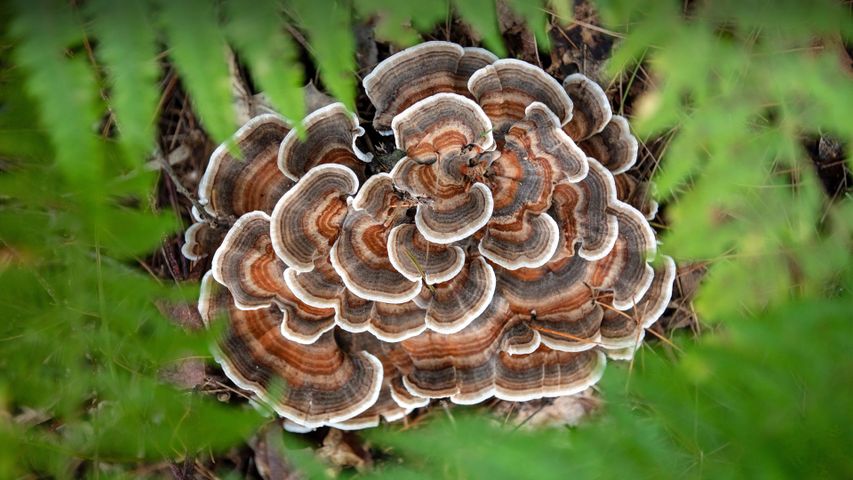
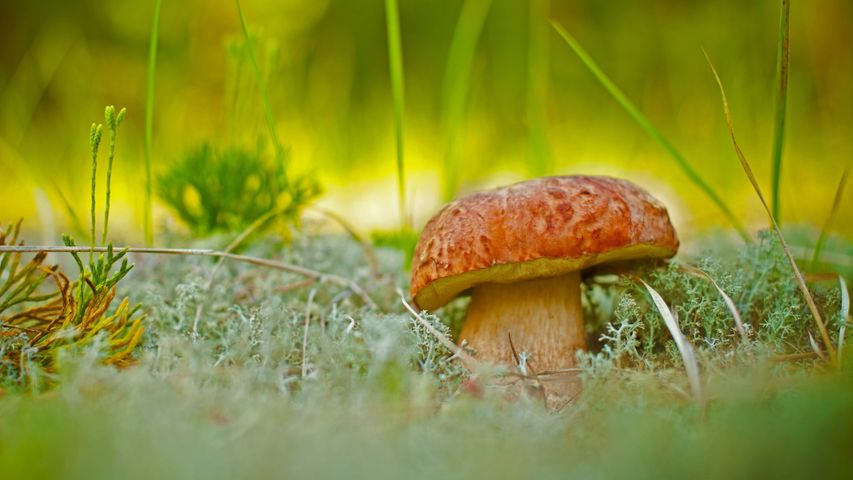
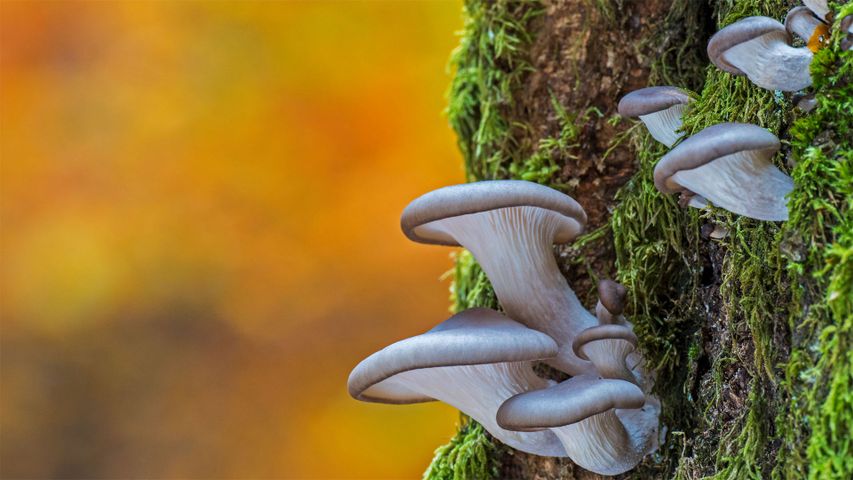
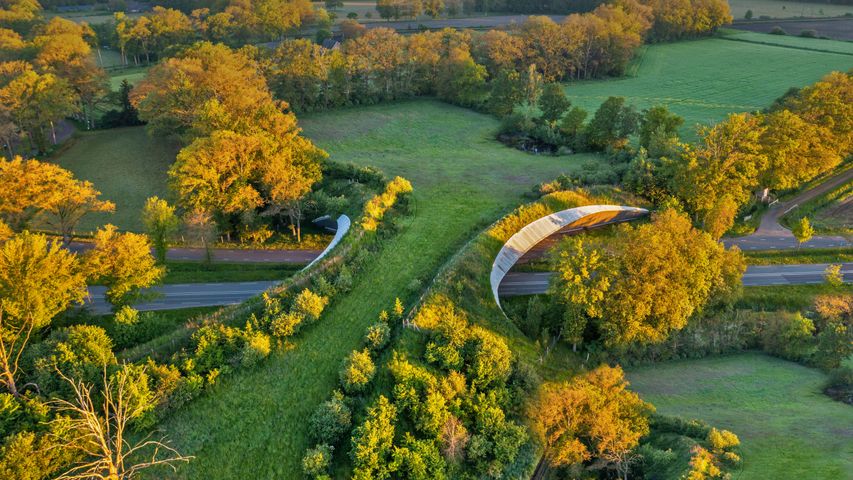
 Butchart Gardens in Brentwood Bay, British Columbia, Canada
Butchart Gardens in Brentwood Bay, British Columbia, Canada
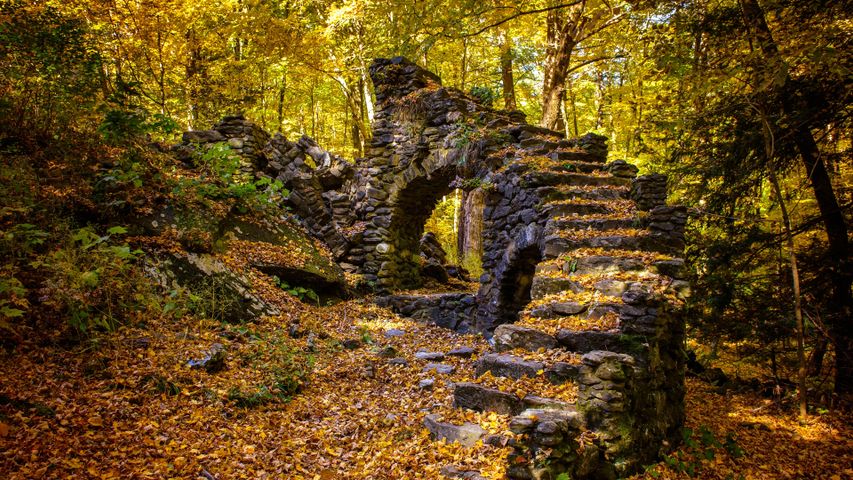 Madame Sherri Forest and the ruins of an old castle, New Hampshire
Madame Sherri Forest and the ruins of an old castle, New Hampshire
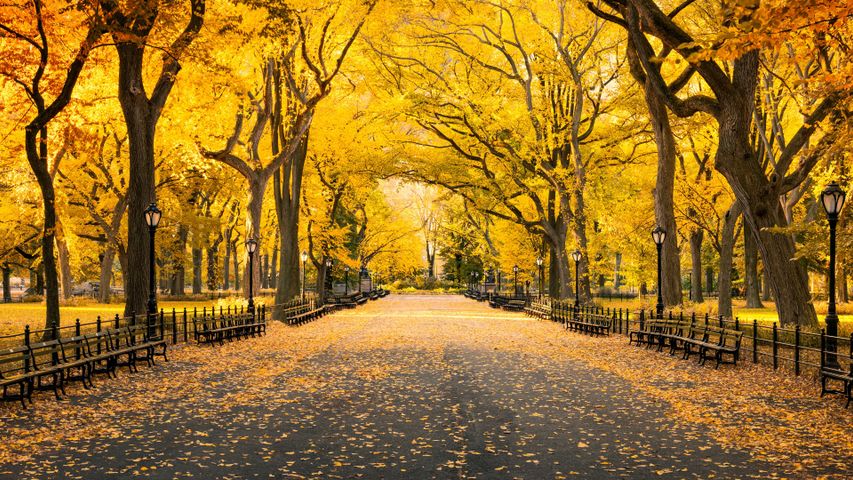 Autumn in Central Park, Manhattan, New York
Autumn in Central Park, Manhattan, New York
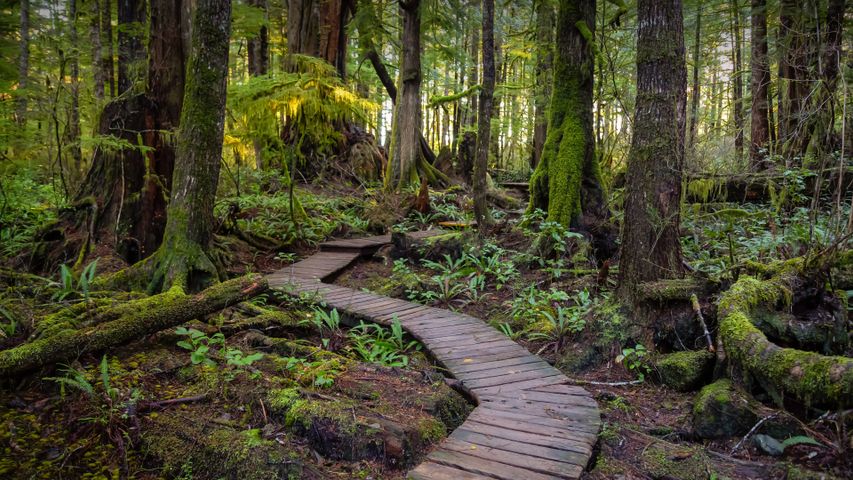 Wooden path to Kennedy Lake, Vancouver Island, BC, Canada
Wooden path to Kennedy Lake, Vancouver Island, BC, Canada
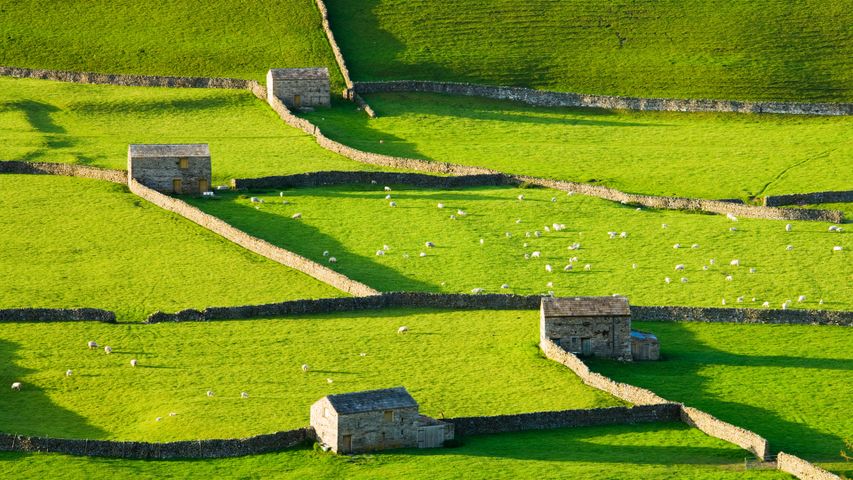 Gunnerside, Swaledale, Yorkshire Dales National Park, England
Gunnerside, Swaledale, Yorkshire Dales National Park, England
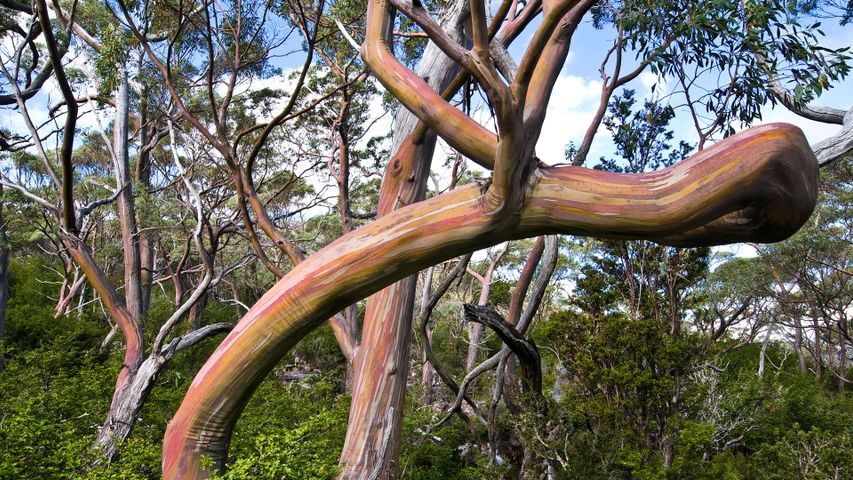 Tasmanian snow gum trees, Mount Field National Park, Tasmania, Australia
Tasmanian snow gum trees, Mount Field National Park, Tasmania, Australia
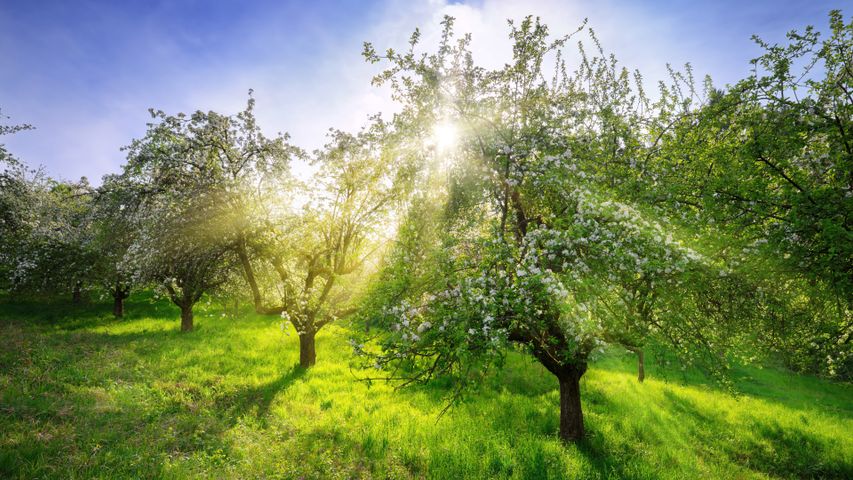 Apple trees in spring, Germany
Apple trees in spring, Germany
 North Gate of Angkor Thom, Angkor Archaeological Park, Cambodia
North Gate of Angkor Thom, Angkor Archaeological Park, Cambodia
